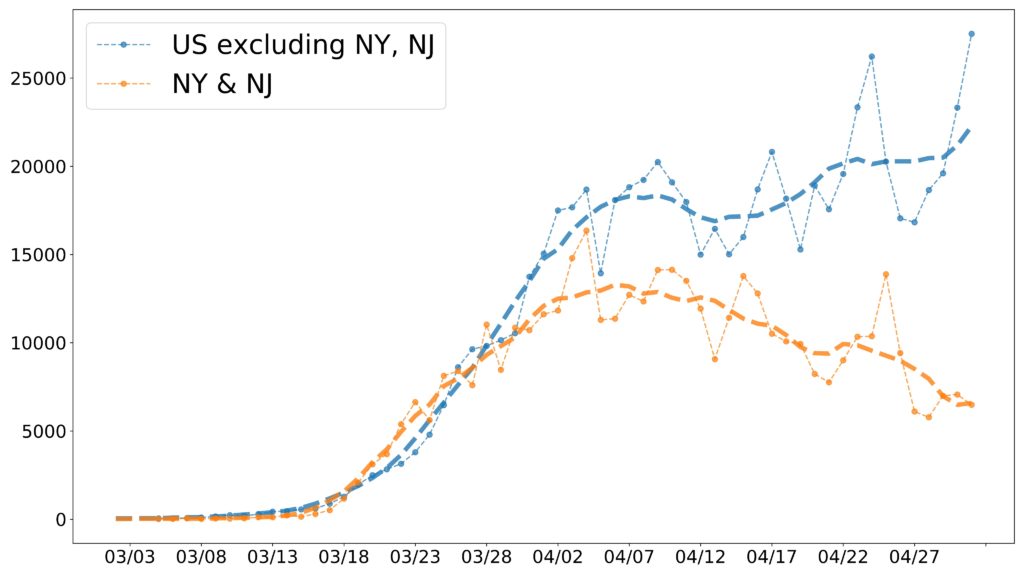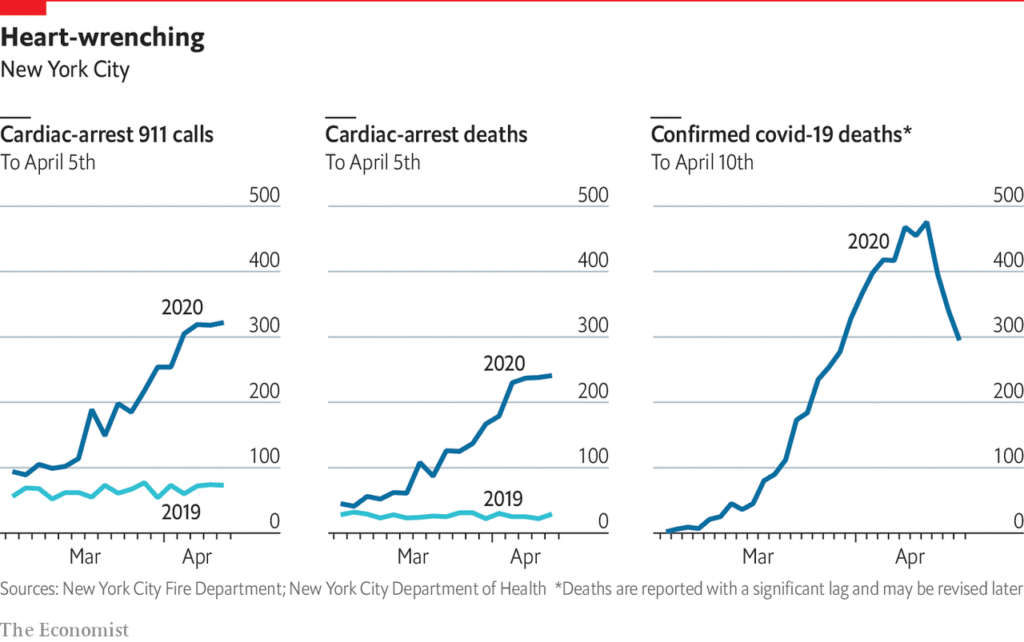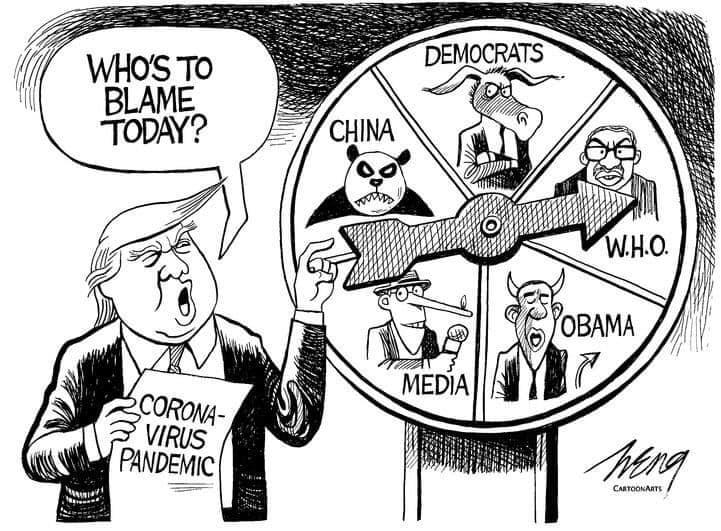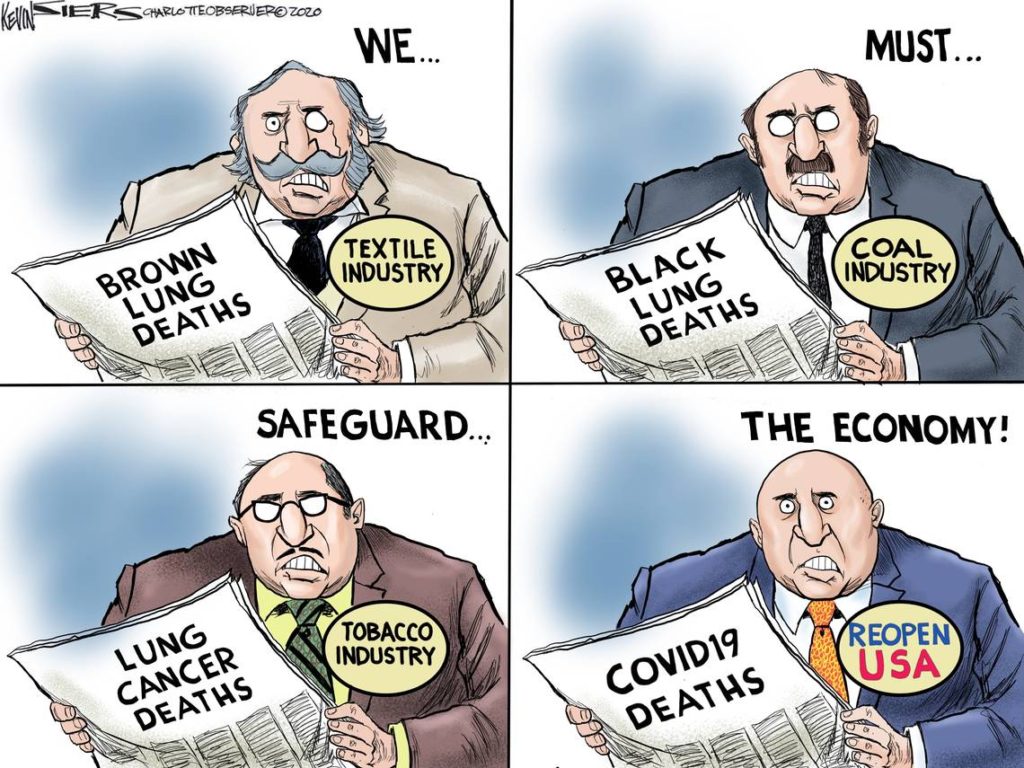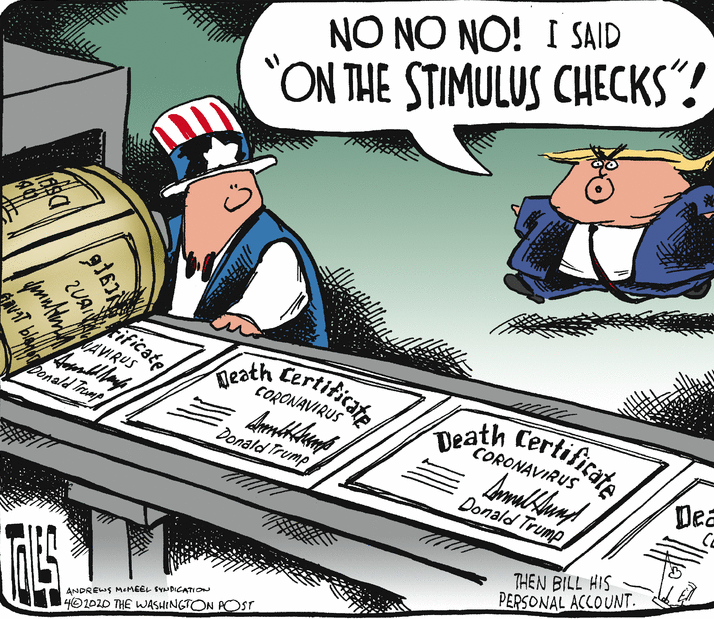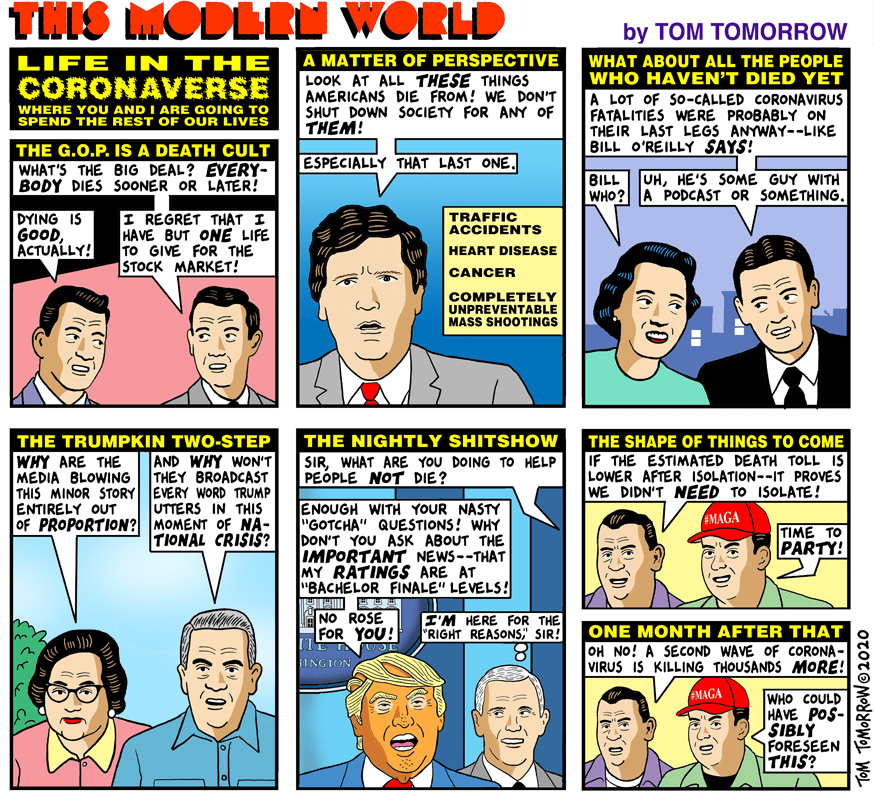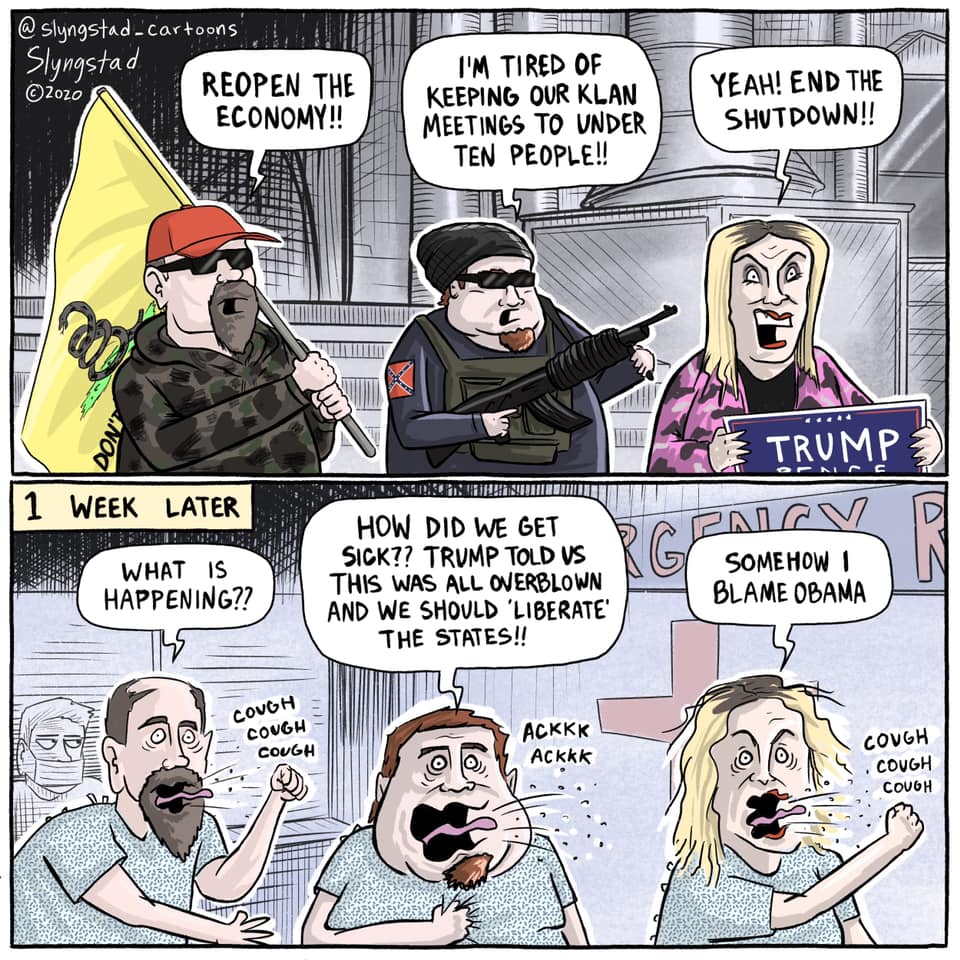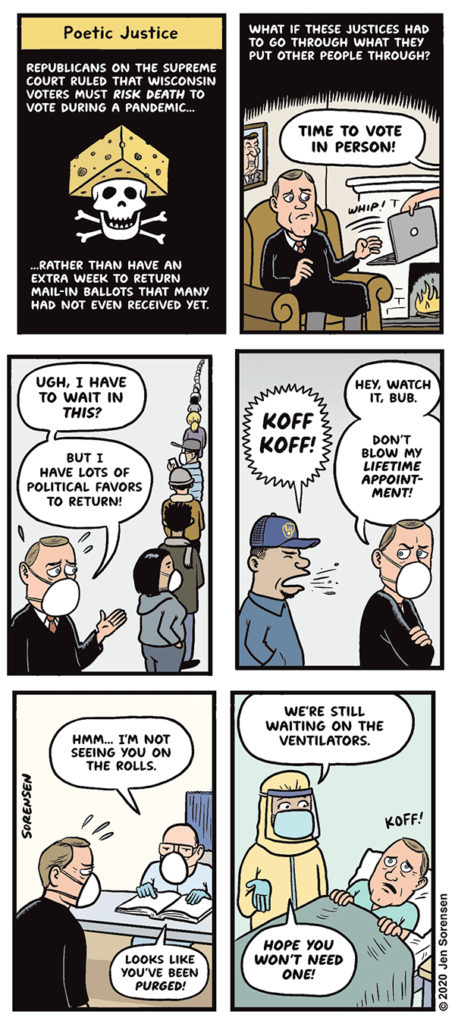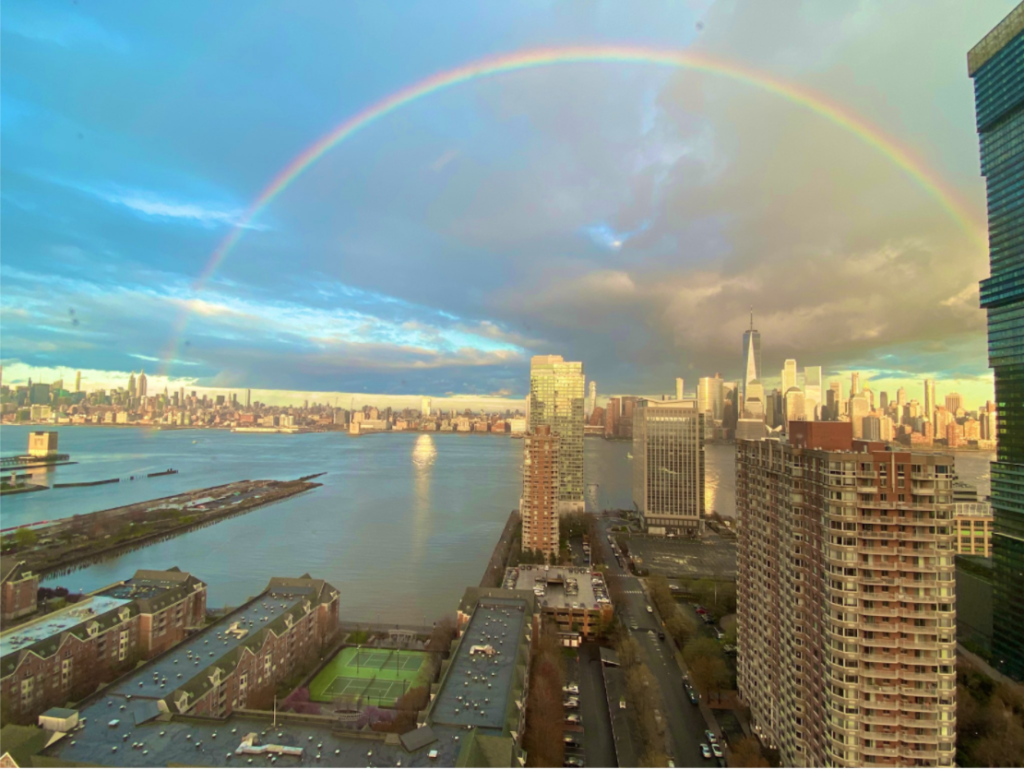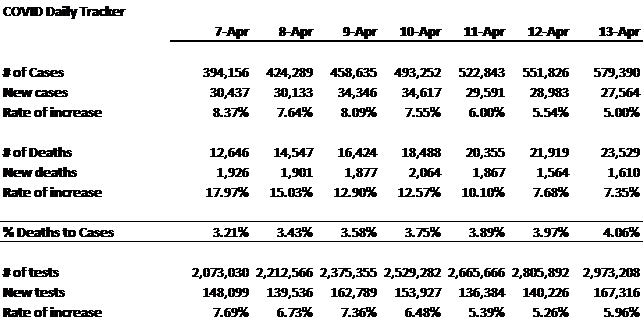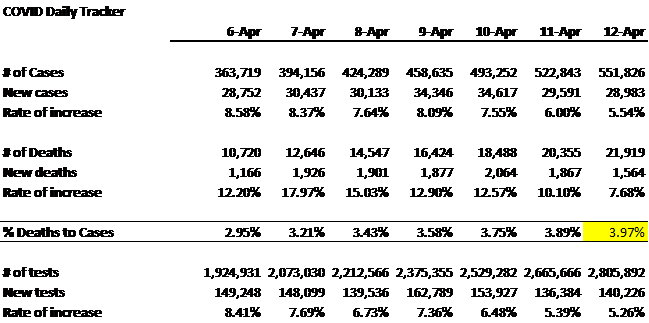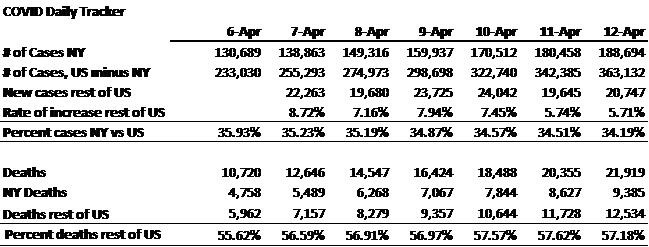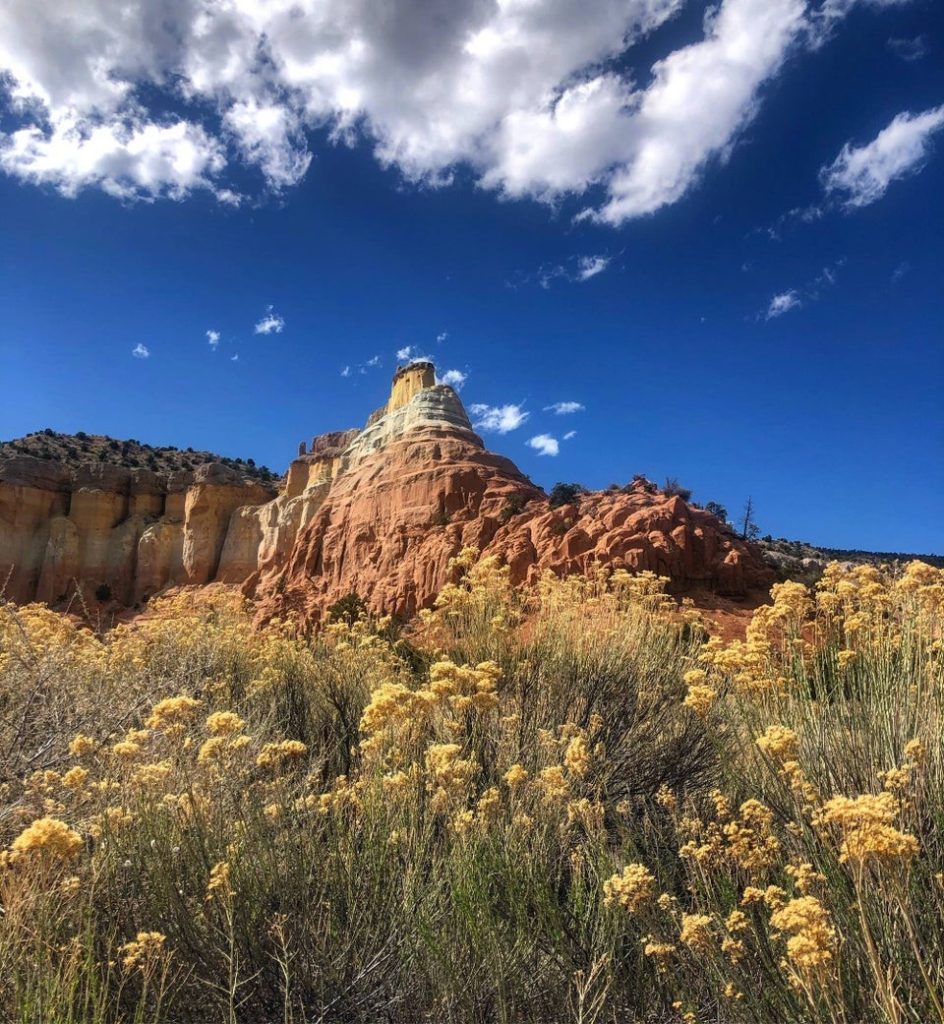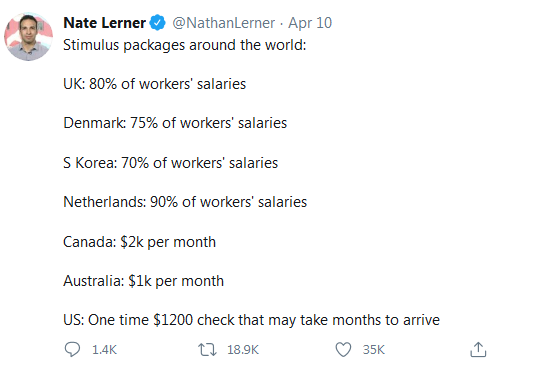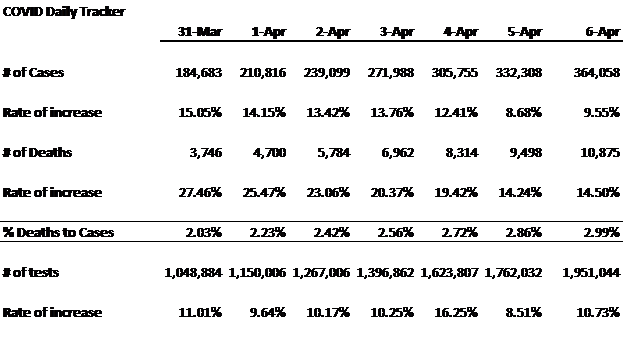The Daily Escape:
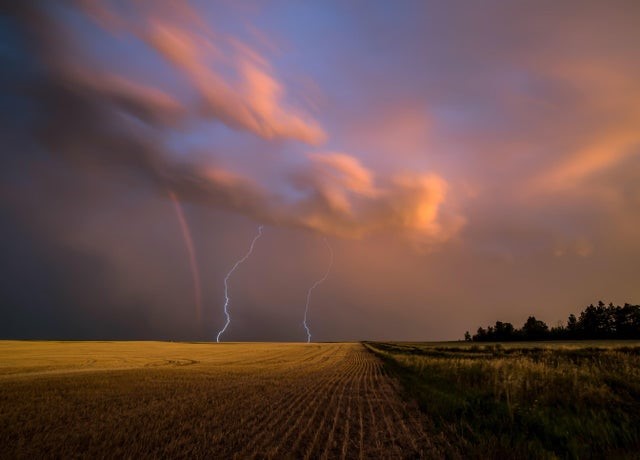
Lightning strikes with rainbow, Dickinson, ND – photo by Lightcrafterartistry
COVID-19? Nobody thought anything like this would ever happen. Wrong. Lots of people did. From VOX:
“Per capita, the United States is currently seeing about twice as many confirmed coronavirus cases as Canada and about 30 percent more deaths.”
The key difference between the US and Canada says David Fisman an epidemiologist at the University of Toronto:
“We have a federal government that is supporting provinces’ responses….You have a chief executive who is directly undermining the public health response.”
Politics and politicians by definition, are always in the loop in a national emergency. Yesterday, we talked about how civic-minded politicians stand aside, letting the experts decide strategy. Then they help the experts by making the government work to support the strategy. And they then help with communicating priorities to citizens.
Our national response to the pandemic has been mostly incompetent. The wealthiest, most scientifically advanced country in history has been brought to its knees by a virus it knew was coming. As late as 2016, we had a coordinated national strategy to combat pandemics.
What can we do to insure we do a better job in the future?
This has been a hot topic in pundit land for the past few weeks. There are two threads of discussion: First, make the US military the leader in fighting pandemics. Alternatively, an “empowered” civilian agency or possibly, an empowered public-private partnership should direct the fight.
Let’s start by talking about how civilian government agencies might do a better job, if they were “empowered” and also funded. In 2005, GW Bush said: (emphasis by Wrongo)
“If we wait for a pandemic to appear, it will be too late to prepare….we need medical personnel and adequate supplies of equipment…In a pandemic, everything from syringes to hospital beds, respirators masks and protective equipment would be in short supply….If a pandemic strikes, our country must have a surge capacity in place that will allow us to bring a new vaccine on line quickly and manufacture enough to immunize every American against the pandemic strain…”
Bush thought it would take $7 billion to build out his plan, plus annual appropriations thereafter. But that wasn’t supported by Congress. Obama built on Bush’s plan, but his efforts also were not sustained by a Tea Party Congress. Trump’s FY 2021 budget proposal reduces CDC funding by 16%. It was submitted just 11 days after the WHO declared the Coronavirus a public health emergency.
What should we be doing? First, we need to invest in ourselves, to break our reliance on offshore sources of PPE and pharmaceuticals. We saw that China stopped exporting PPE to the US, husbanding it for their own needs, and subsequently, showing a preference for shipping these goods to nations they perceived as friendlier.
Second, we need to empower an elite governmental team to combat a pandemic. The 2014 Ebola outbreak told us we needed a health security infrastructure. By 2016, America had coordinated an “all-government response” to the next pandemic. Laurie Garrett, a science journalist summed up the infrastructure created by Obama as a:
“…special elite corps inside of the National Security Council, the Department of Homeland Security, Health and Human Services and CDC…an emergency capacity for surge drug approval at FDA… a lot of co-ordination with the states… a division that was doing nothing but training hospitals in infection control and appropriate epidemic responses… and…Study on how to surge hospital beds, how to surge physicians out of retirement…”
Sounds great, no? It needs to be rebuilt if we are to have effective control of our pandemic response.
The story of using the military also begins with Garrett. In September 2014, she briefed the Joint Chiefs of Staff on how the US military could help the countries affected by Ebola. She says that this was:
“…unprecedented in US history; we’d never mobilized US military for a medical response like that before”.
But today, the military wants the job. From Roll Call:
“To many lawmakers, the Defense Department is an attractive place to fund medical programs, partly because the defense budget is so large and enjoys support from both political parties, especially Republicans.”
Congress not only funds the NIH, it also provides $1 billion a year for DOD research labs looking into cures and treatments for cancers and other diseases.
Going forward, the military would like to see an increased focus on health as a part of national security. The debate is not a matter of either health security, or military security, it has to be both.
With a new administration, we need to think beyond stimulus packages, to fundamentally rethink what national security means. In the next pandemic, we can’t be scrambling for enough face masks to protect our medical professionals and hoping that the military can save us.


